The Chronicles of the Armstrongs is a collective, of various Armstrongs;
https://en.wikipedia.org/wiki/Clan_Armstrong
I remain unvanquished!: The incredible 1,000-year history of the Armstrong family Hardcover – 1989
by William Stephenson
Feel that Albert Bird Armstrong, of Salt Lake City and myself have crossed paths. There was an individual volunteering time, in a suit, surname Armstrong, many years ago knowing I was an Elliott asked me if I was familiar with The Chronicles, as I could remember.
Dad Loren Spencer Elliott kept documentation that I was doing research in the largest previous to internet data base of genealogical material in the world;
So it is felt that I did meet Albert Bird Armstrong, of Salt Lake City, in the Church of Later Day Saint’s Family History Library. Now most of the library and more are on the LDS site; https://www.familysearch.org/
Take special note of Robert Bruce Armstrong of Edinburgh, Scotland;
ed. by James Lewis Armstrong, M.D., and published in 1902.
Some which may feel they have obtained statue, and this is a character of Norman values, may feel their interpretation of with more than a 100 years passing that they are two thirds incorrect.
A Scandinavian, Armstrong will not look towards the in correction, but for what they feel is correct, and this may be a tenth of it.
It is on this correction an Armstrong will, act in a similar fashion the ones above did. It is not if one is right or wrong, but if ones pitches in the cumulative effect, will created something positive, like The Chronicles of the Armstrong.
In the story of the Fairbairn;
One will note; Ulf, son of Alvald de Suthcref NF; Ulf the son of Elwald of South Creake, Norfolk, United Kingdom.
Where Ulf;

![]()
Ulf is and name which means in Old Norse wolf, and ins Scottish elf.
Elk(moose)-Elg, and bear-Bjørn, besides wolf-Ulf are used for male names.
Elk(moose) head and antlers stood for and Elwald-Elliot.
Where Elgwald would be Germanic-Danish for elk(elg/moose) of the forest.
It is possible, that chiefs since they do not lead, could be considered as sons, and if a family had three chiefs named Elg, Ulf, and Bjørn, of Danish-Norse names as today’s Armstrong are then it may out of the Germanic-Scandinavian nations bring into being stories of the Fairbairn (Fair Bear) which traveled with the Fairbairn and Elwald given name changes from southern Germany to Northumberland and the Scottish borders and to Fermanagh and beyond.
An excellent source link which includes migration of the Anglo-Danish-Scandinavian language in to today’s Scotland.
DSL
Dictionary of the Scots Language
Dictionar o the Scots Leid
http://www.dsl.ac.uk/about-scots/history-of-scots/origins/
Mark Elliott 2/1/2015
Ell;
37 Scottish inches or 37.059 imperial inches
An ell-wand or ellwand (elwand) was a rod of length one ell used for official measurement. Edward I of England
required that every town have one. In Scotland, the Belt of Orion was called “the King’s Ellwand”.
The Viking ell was the measure from the elbow to the tip of the middle finger, about 18 inches. The Viking
ell or primitive ell was used in Iceland up to the 1200s. By the 1200s a law set the “stika” as equal to 2
ells which was the English ell of the time.
In England, the ell was usually 45 in (1.143 m), or a yard and a quarter. It was mainly used in the
tailoring business but is now obsolete. Although the exact length was never defined in English law,
standards were kept; the brass ell examined at the Exchequer by Graham in the 1740s had been in use “since
the time of Queen Elizabeth”.
The shields of Redheugh a Stobs,
Stobs is of the Gorrenberry family. The Gorrenberry Stobs family is of a different shield as described in the Chronicles of the Armstrong.
Gilbert is felt to be a minor son likely illegitiamate of a Robert of Redheugh, but born of Robert’s wife who secondly married Gavin of Stobs who is felt to be the biological father of Gilbert, but is listed as the step father. William and Robert claim Horseleyhill, but it is of Gorrenberry, and Robert is to the Redheugh line as William is to the Gorrenberry line.
The Redheugh family in the past 1508 an on other occasions have been called Elwand, in which a Scottish Elwand is on the shield.
It is felt in England they may have used something similar to an elwand in the cloth industry, but the English ell is 45 imperial inches in length. So it may have went by a different name and have been called an elyard. The name from the Scandinavian character; Æ Ælfwald could derive; Aelfwald, Alfwald, and Elfwald in the English language. The Scandinavian words elg(elk/moose), ulf(wolf), in Anglia, could derive the word elf, in no elk/moose, or wolfs existed in the region which have existed in Denmark and Germany. Language in eastern Anglia like North Creake and South Creake, and less understood Norfolk, and Suffolk; folk or people of the North and South. In the borders it instead of N&S it is N&O; new and old like; Newcastleton and Old Castleton; first know as Castle Town built near the Liddel Castle.
It should be noted that above brings forth a considered naming evolution which may have and I mean may have happened with some Little. There was a castle called Liddel Strength Castle at The Mote, which the Graham/Græme (Fergus) built a tower. If place name analogy follows, then this is the locality which Liddel which became Little because of it’s phonics, may have adopt their surname from the soldier of the Liddel Strength Castle. Just a thought to consider.
The reason it is felt the Armstrong and the Littles are so well
connected is because Armstrong is derived from Alexandir Armystrand 1367; where the people referred to as Armystrand, are as shown by a stand; along a river bank, on the Scottish north side of the Liddel Water, the name became Armistrang/Armestrong meaning a strong army,
The History of Liddesdale…, Vol.1, By Robert Bruce Armstrong
and today they are named after what came latter a strong arm on their shield, and are called Armstrongs. It if felt in the western border many a people not of the surname but of the people of the Fairbairn (Fairy Bear) became Armstrong and on the eastern border along with the Hume family adopted the name of the family which they were of which is Fairbairn. The Little name is not derived from a people which are little but from on the same water the Armystrand, was on, and that is the Liddel Water.
If one is spiritually guided then action by oneself can be nothing but correct, and it is felt that happened with Eric Liddell in the 1924 Olympics refusing the Prince of Wales, by refusing to run on Sunday.
Chronicles of the Armstrong EDITED BY JAMES LEWIS ARMSTRONG, M.D.
The Elliots
were called Aelwolds, Elewalds, Elwods, Alwods, El-
yards, Helwals, and by many other forms of the name
which meant Elk-wood (Anglo-Danish Elgwalt, the
name is expressed upon many of their shields).
I have never learned the history of the
ancient Border family of Littles, Lyttels, or Liddles,
from books, but it has been said in Fermanagh that
these took their name from Liddal and descend from
the same great ancestor as the Armstrongs.
Certain
shields of the Elliots, called also Elwods, Elyards, and
Elwalds, of the Alfords who came from near Croyland
to the Border, of Loumanes, of the Liddals, of the
Armstrongs, and other Border families undoubtedly
pictured this tradition. Now these Liddesdale fam-
ilies were called after their shields, and so were the
Forresters and others.
Mark Elliott 2/1/2015
Noticed with Lowell Armstrong which he has twelve marker test of Y-DNA, and I share eleven with him. With my research I am utilizing that which was passed by my fathers, and if Lowell and all the rest of the Armstrong would use that passed by the fathers, though likely very different from each other the cumulative result would be extremely stronger by a cumulative father’s father, history passed down the Armstrong line.
For the father; JUST DO IT!
http://named.publicprofiler.org/
https://forebears.io/surnames/Keys
https://www.familytreedna.com/public/KEYsurnameY-ChromosomeDNAtestproject?iframe=yresults
The KEYS, R-U106 are from and individual Y-DNA male (maybe some NPE exception, but not to many), near Ivinestone, Fermanagh, Ireland.
Likely R-U106 like me. Definite spelling KEYS. 7/30/2018 MSE

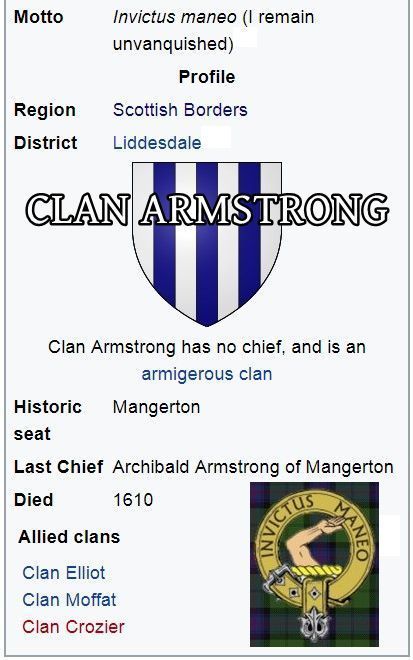
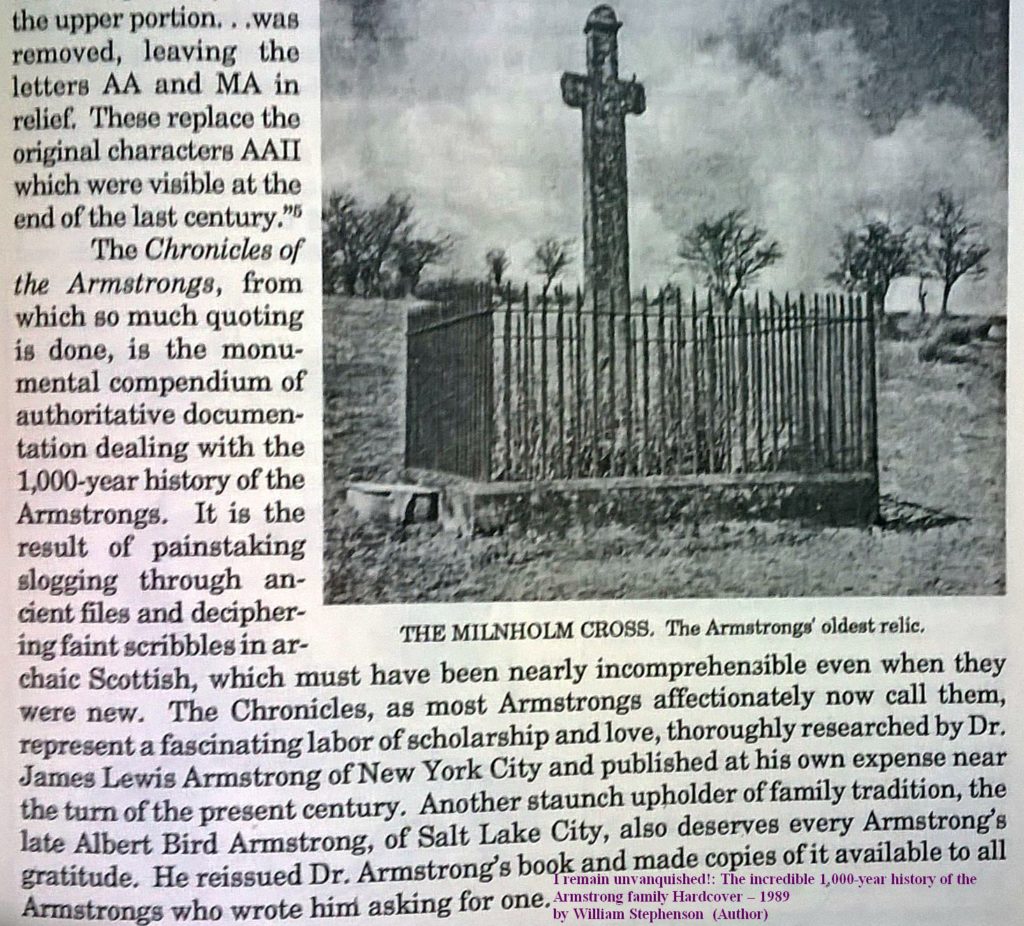

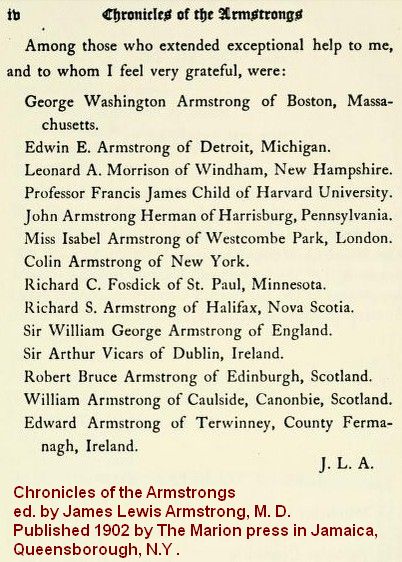
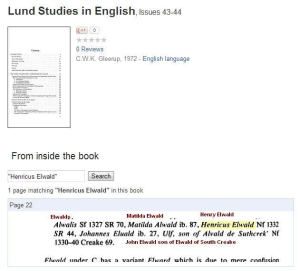

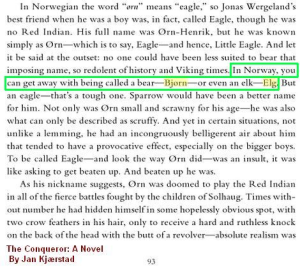

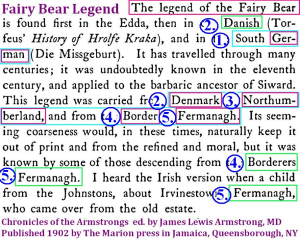
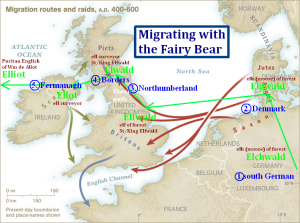
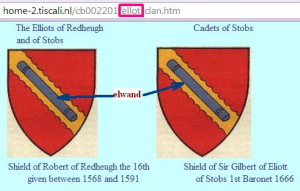
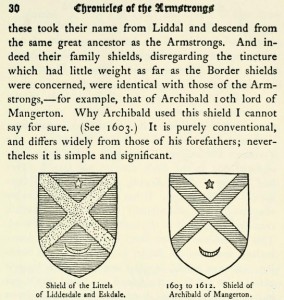



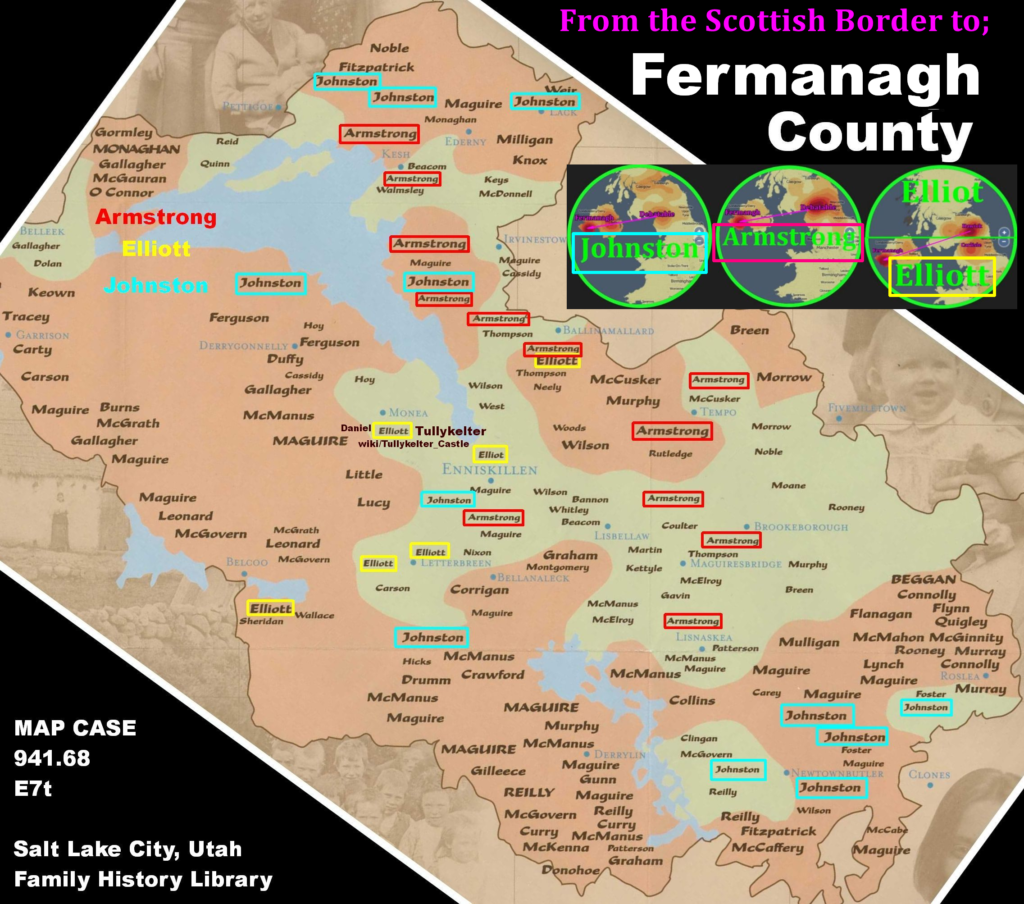
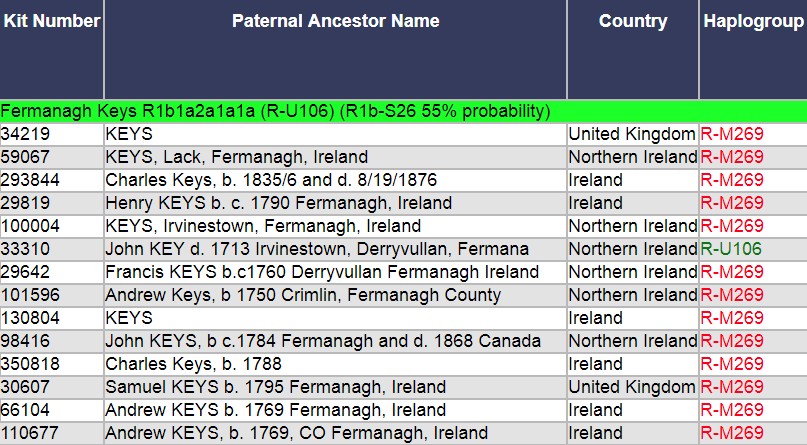


Keys is a name found with Armstrong and Johnston in Fermanagh, also in Illinois. They intermarry together, buried together. I haven’t been to the Borders yet. Do you know anything of the Keys origins?
I don’t know if it’s just me or if everyone else encountering
issues with your site. It seems like some of the written text
in your content are running off the screen. Can someone else please comment and let me know if this is happening to
them as well? This could be a issue with my browser because I’ve had this
happen previously. Appreciate it